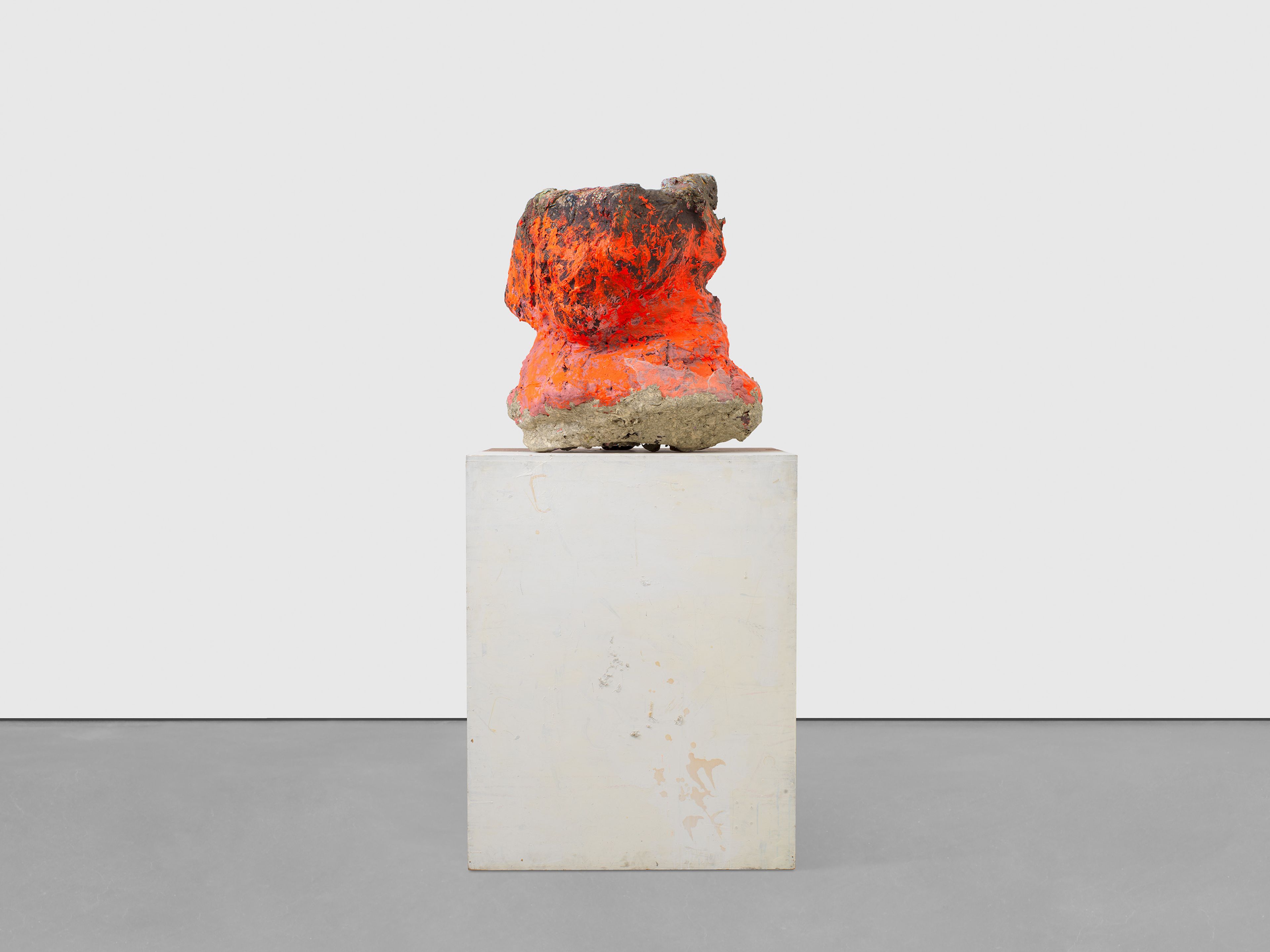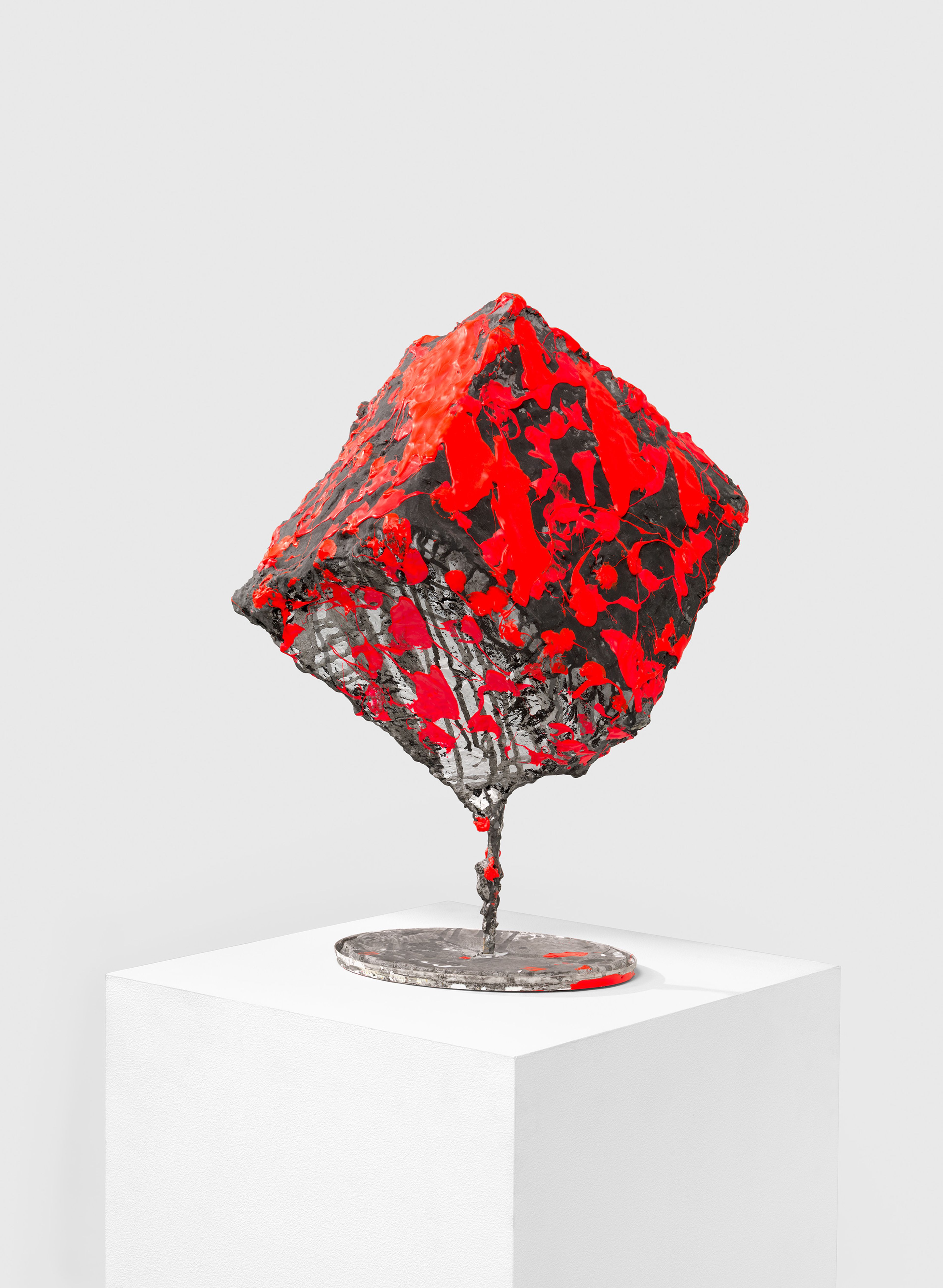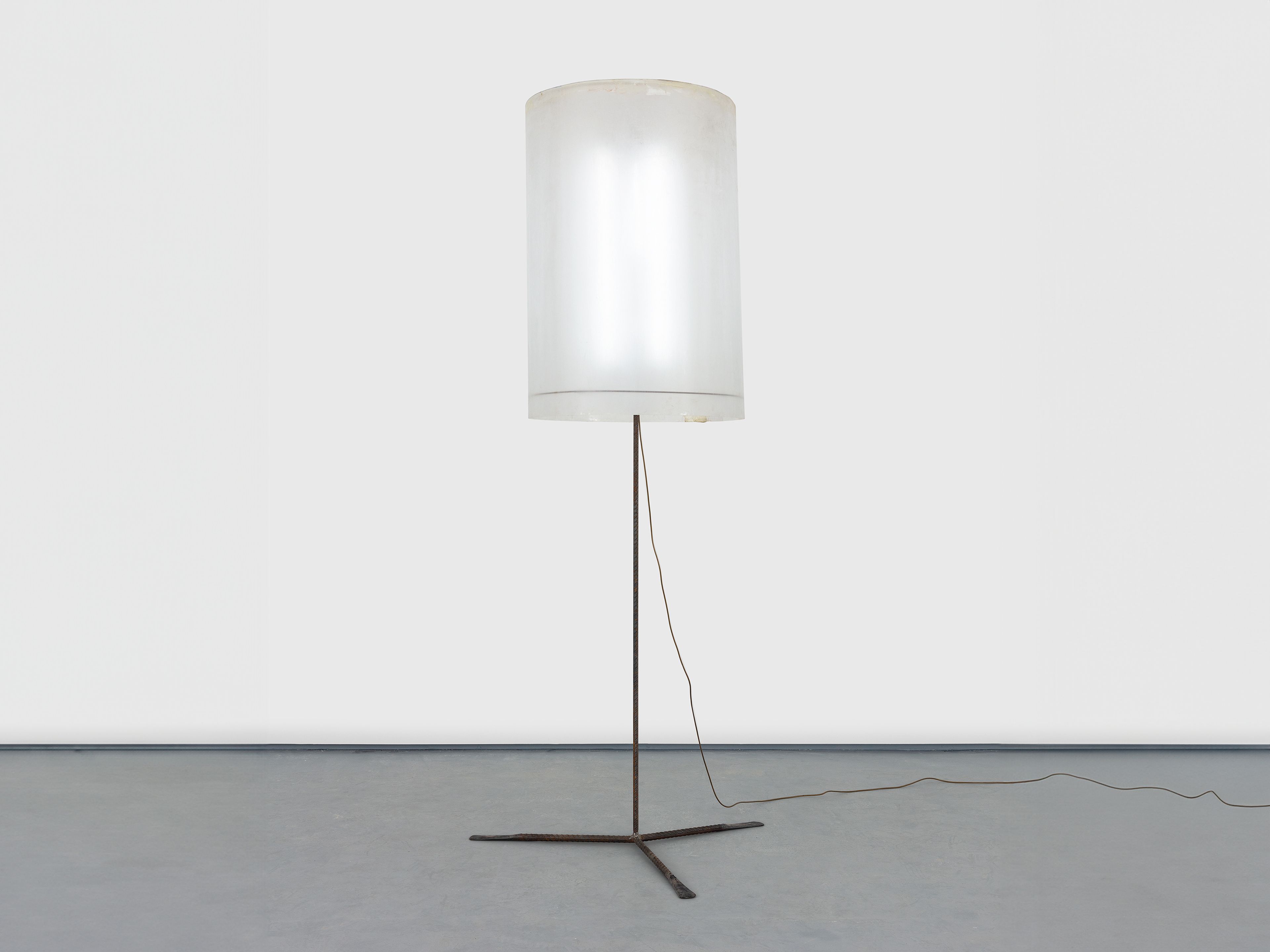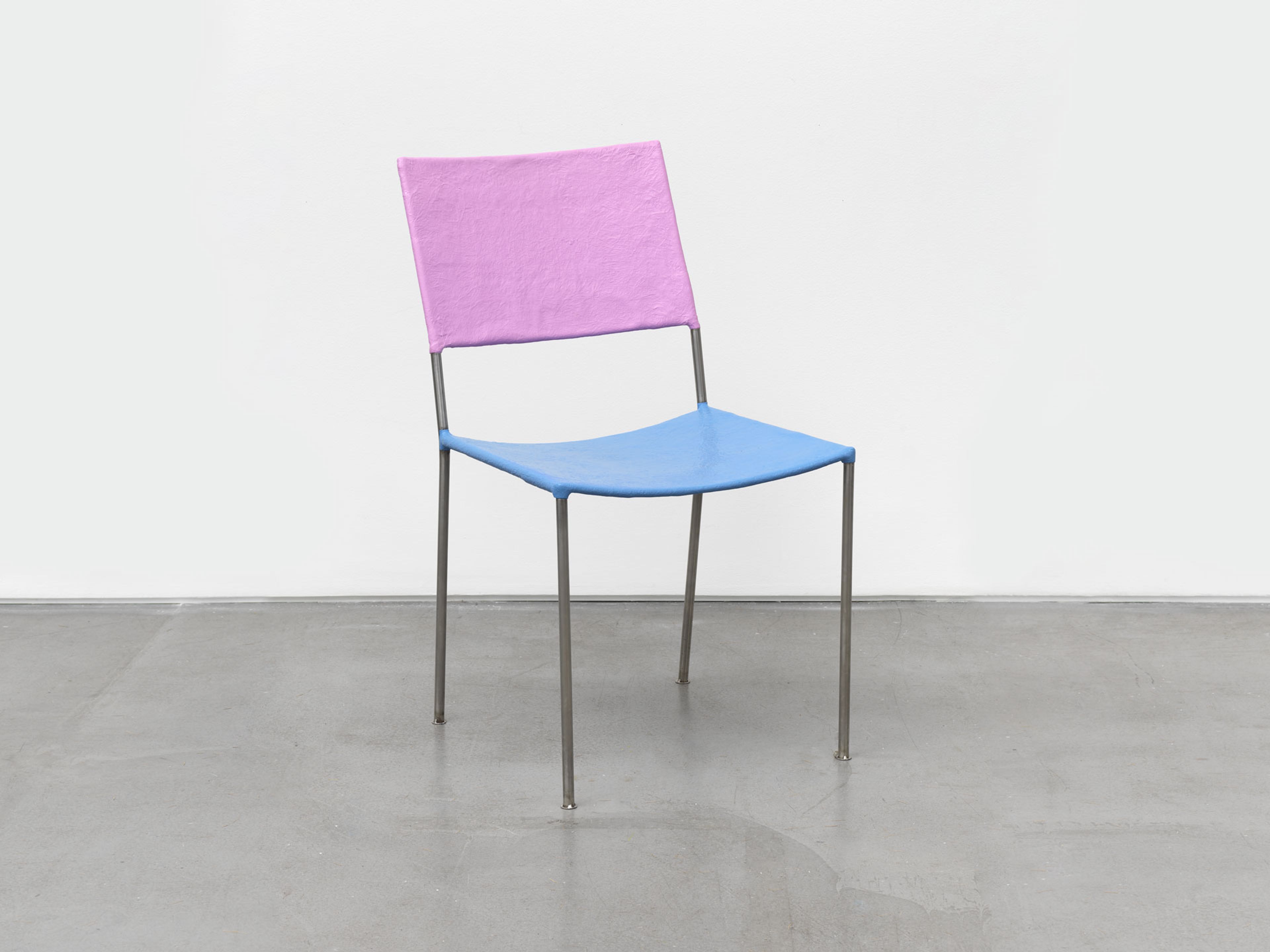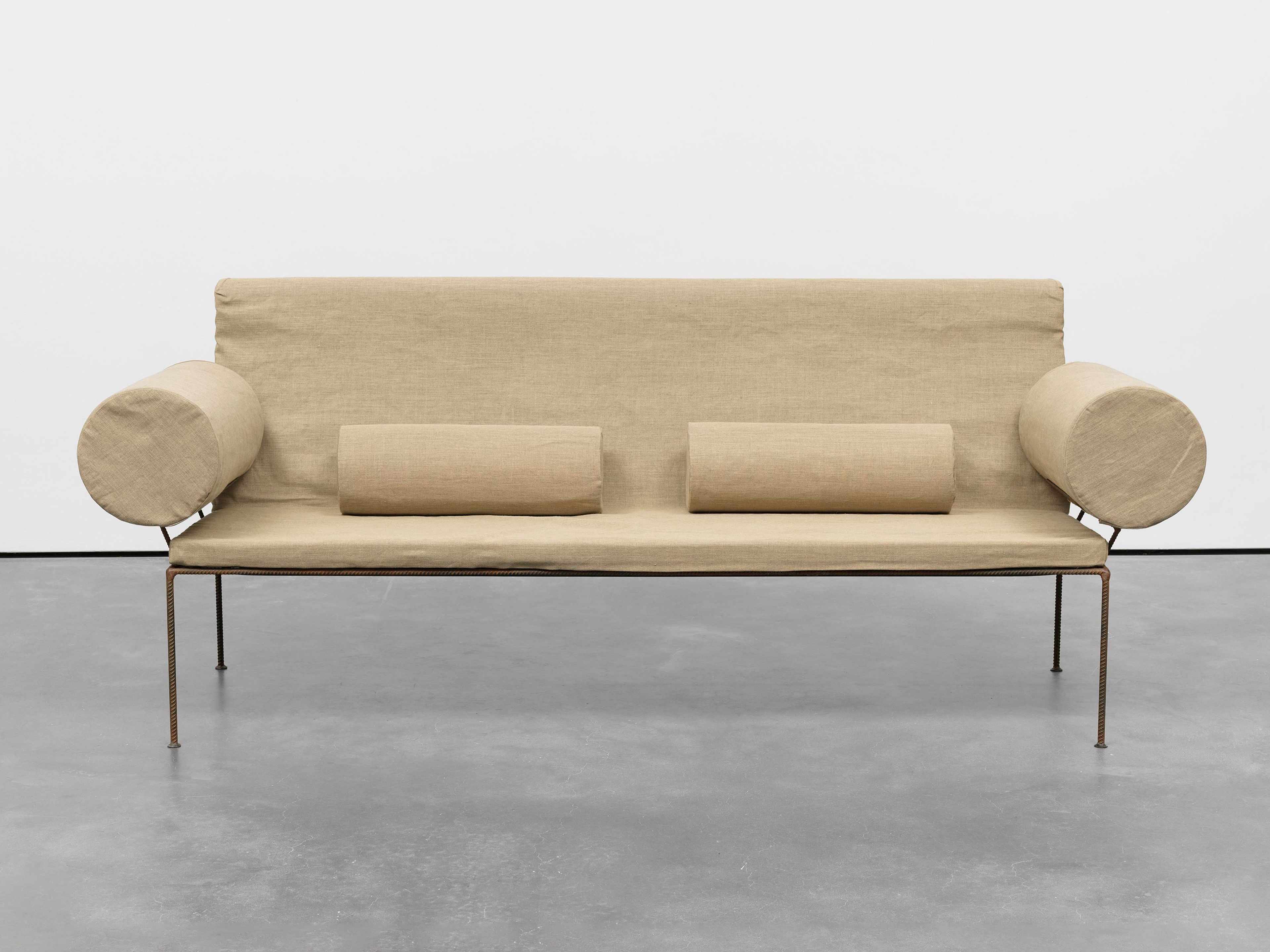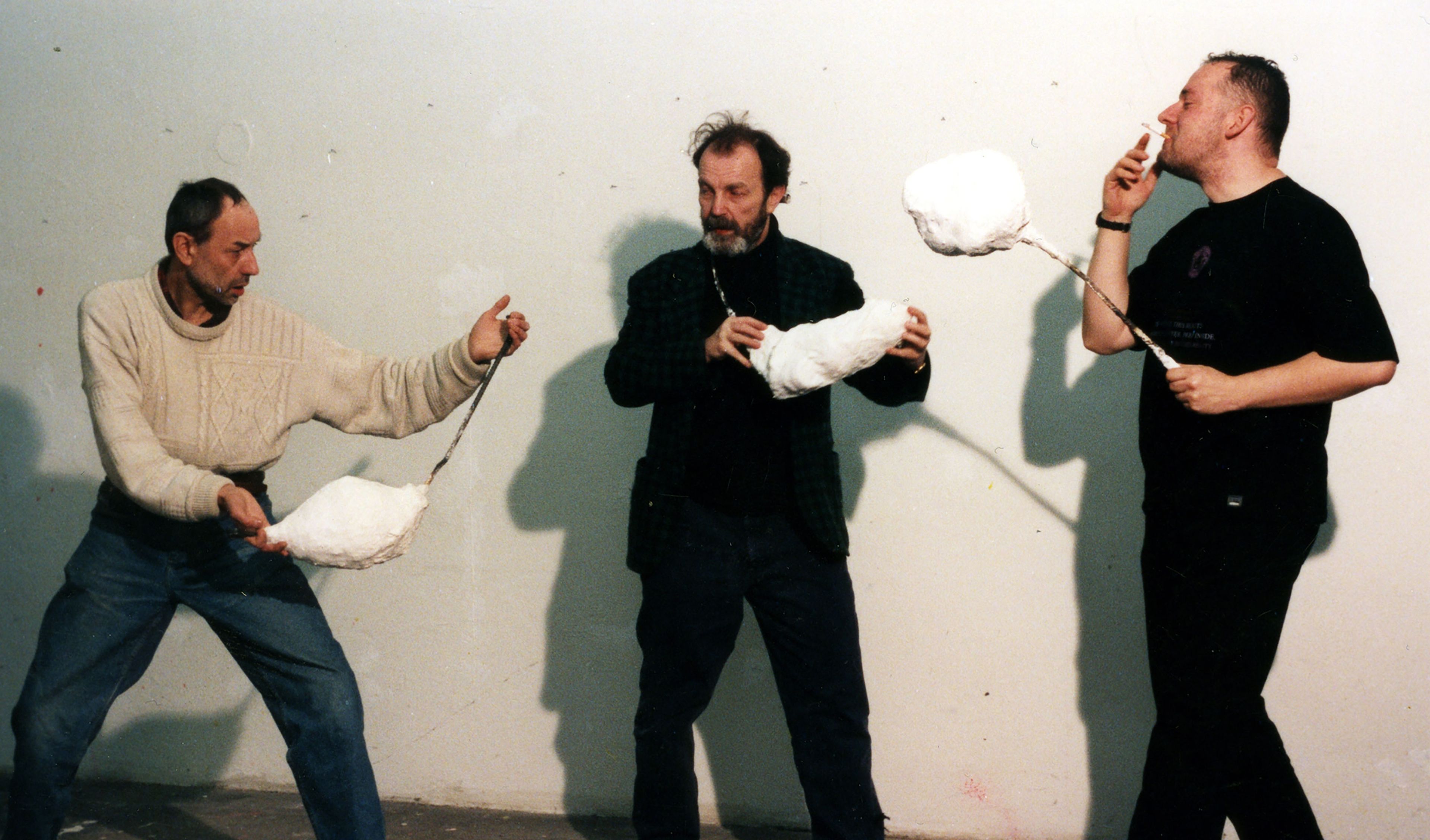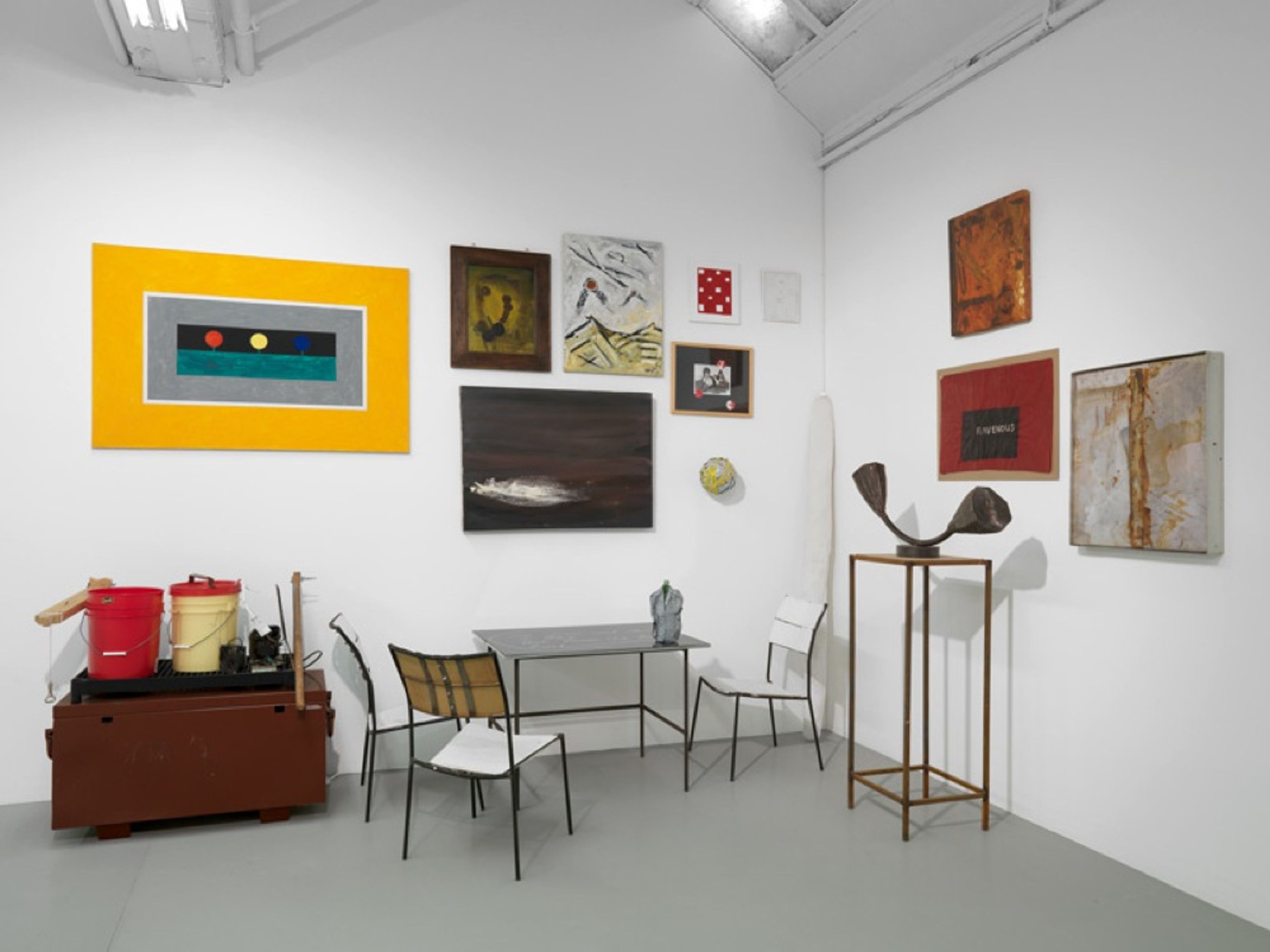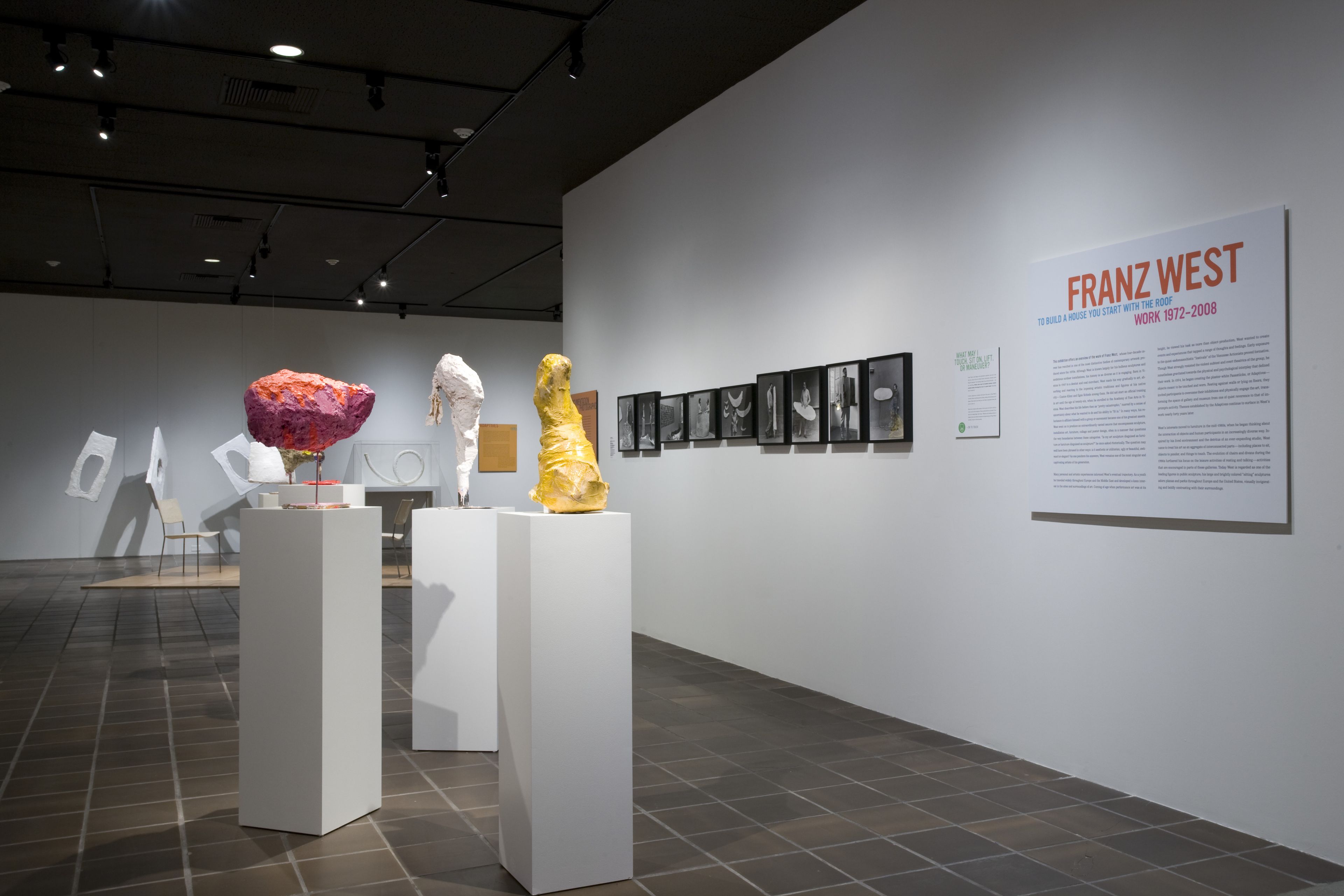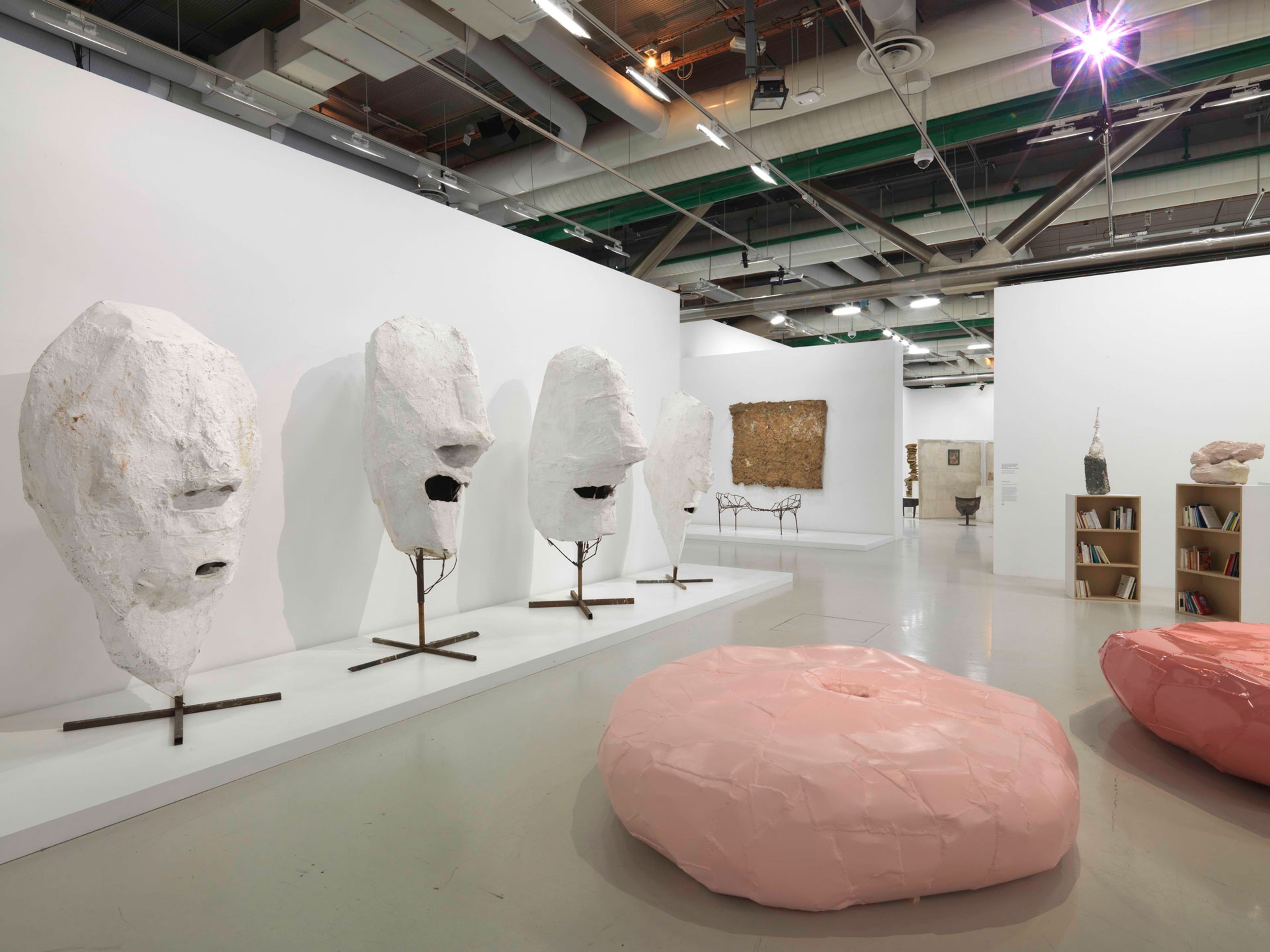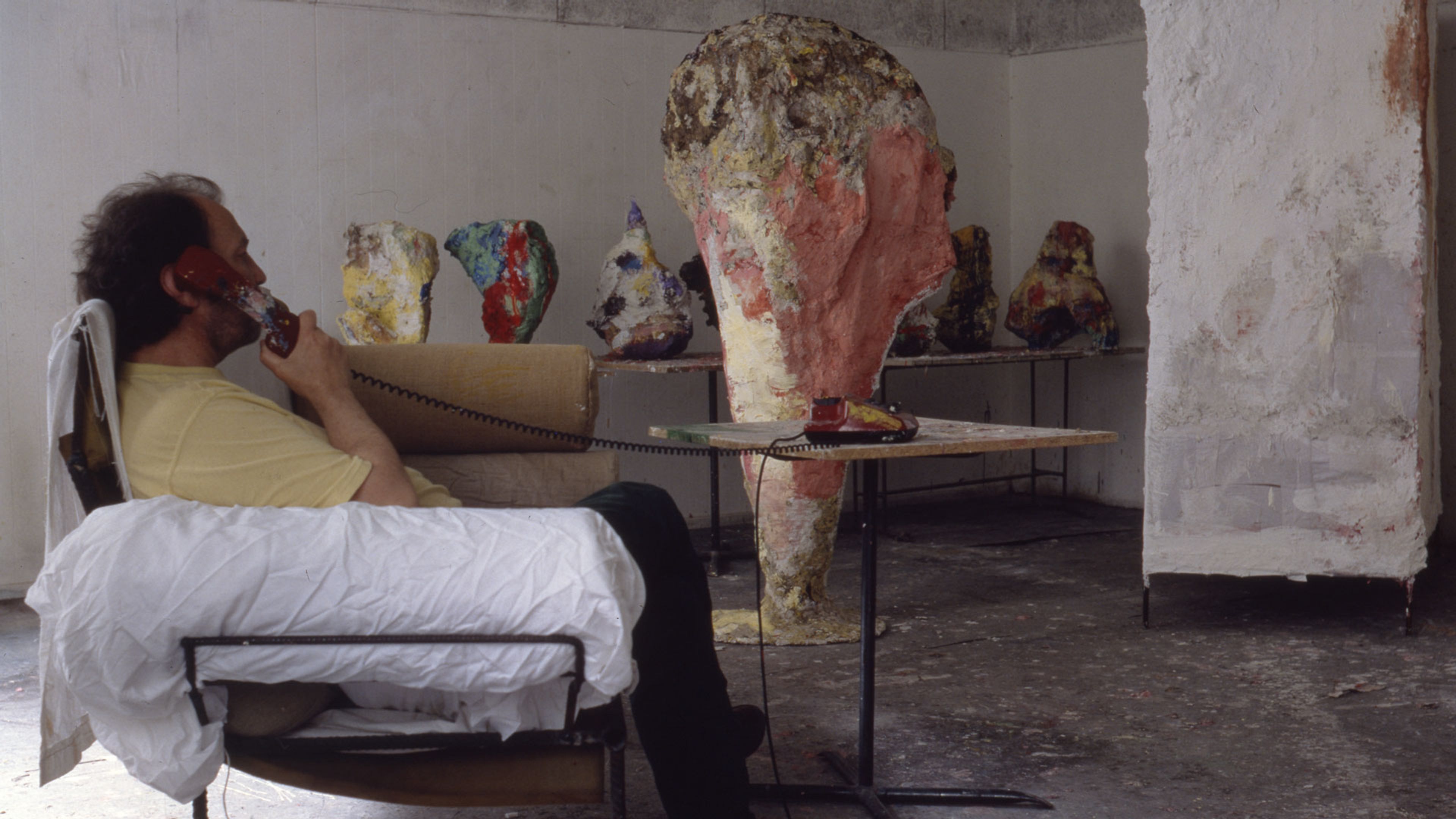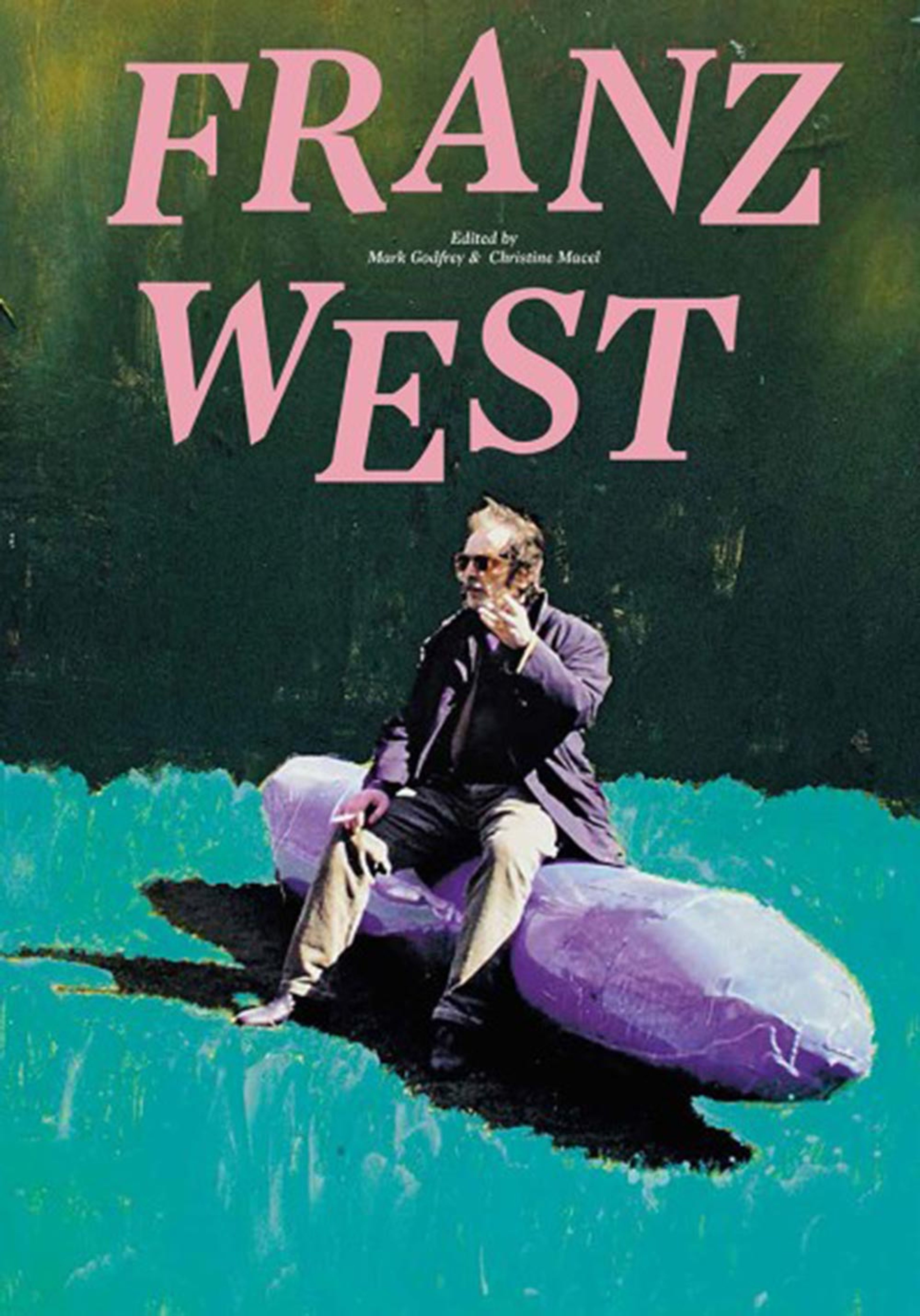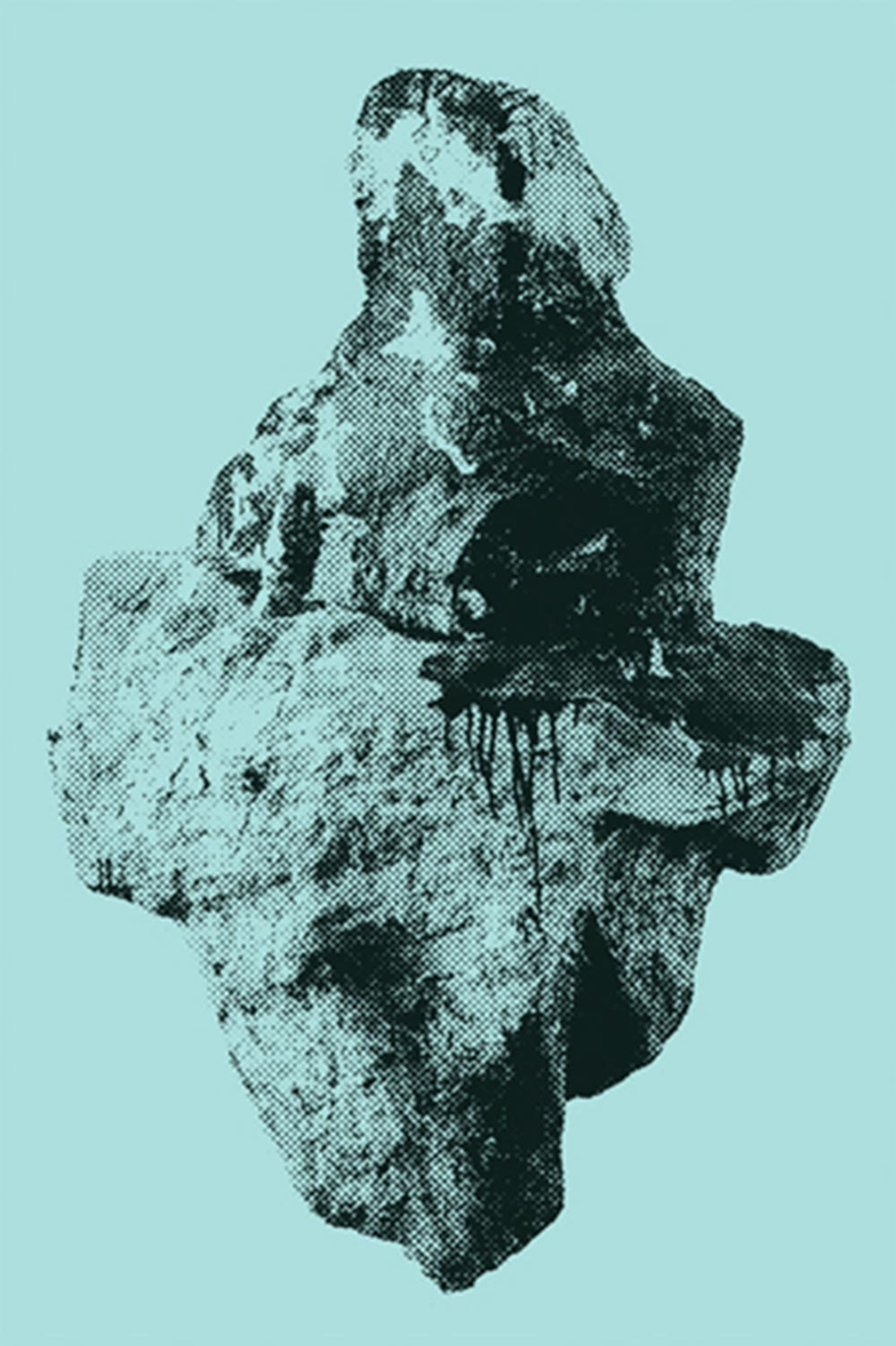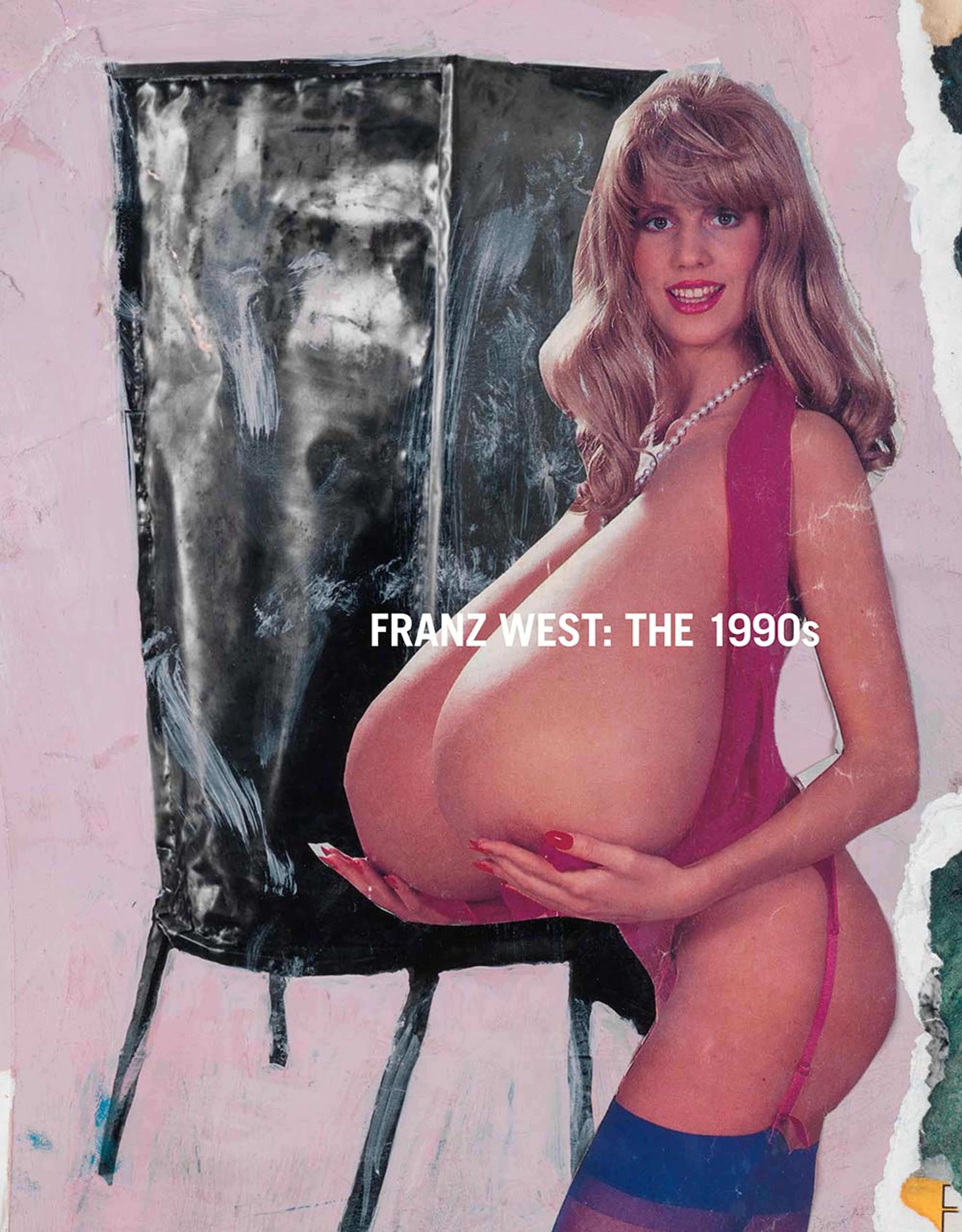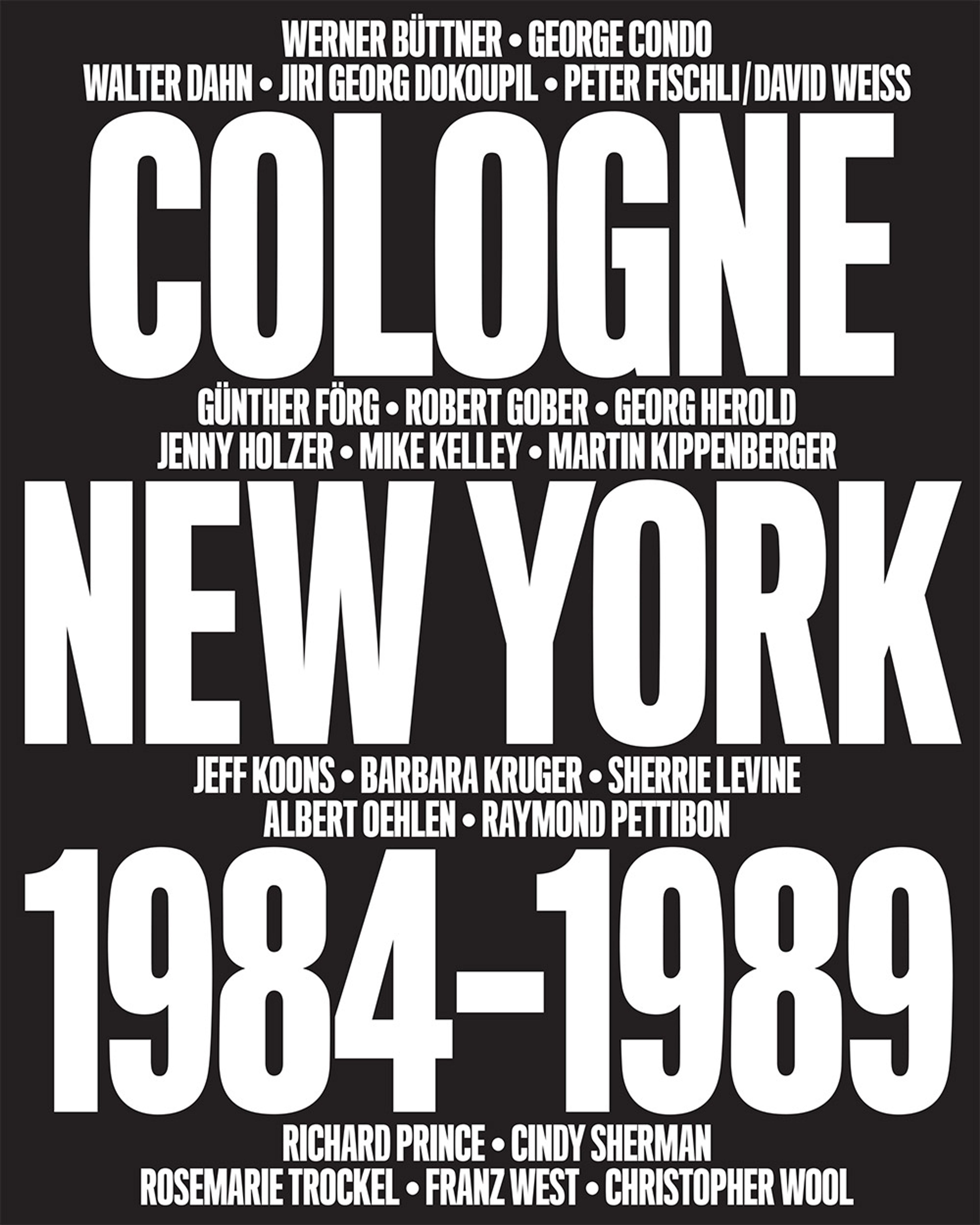Franz West
Emerging in the early 1970s, Austrian-born artist Franz West (1947–2012) developed a unique aesthetic that engaged equally high and low reference points and often privileged social interaction as an intrinsic component of his work, thereby calling attention to the larger context of exhibition and the way in which viewers interact with works of art and with each other.
Learn MoreAvailable Artworks
Exhibitions
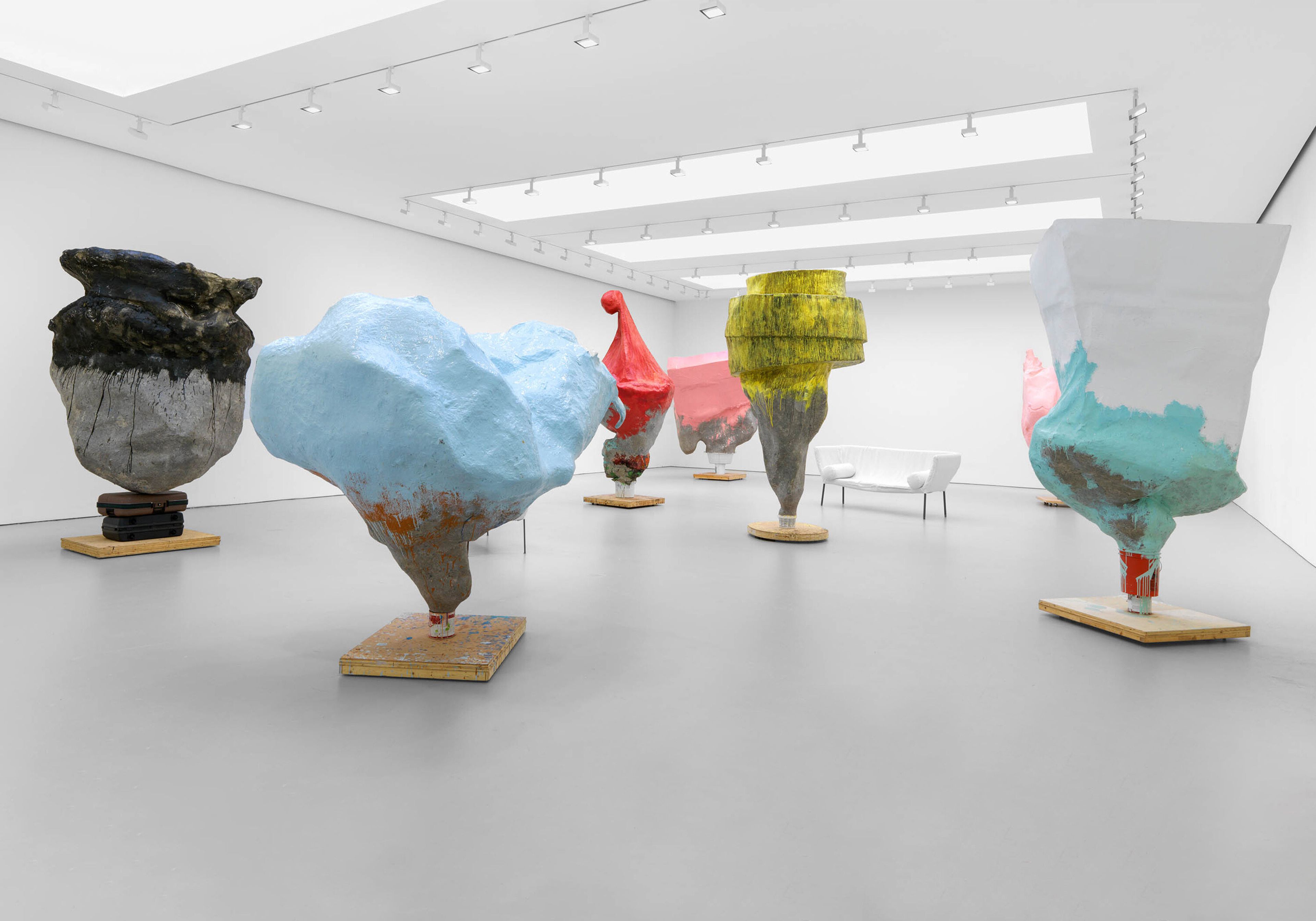
Explore Exhibitions
Artist News
Biography
Emerging in the early 1970s, Austrian-born artist Franz West (1947–2012) developed a unique aesthetic that engaged equally high and low reference points and privileged social interaction as an intrinsic component of his work, thereby calling attention to the larger context of exhibition and the way in which viewers interact with works of art and with each other.
West studied at the Akademie der bildenden Künste, Vienna, from 1977 to 1982. He began exhibiting his work in the 1970s in Austria and Germany and gained recognition across Europe in the 1980s, with significant shows at such venues as Neue Galerie am Landesmuseum Joanneum, Graz, Austria (1986); Wiener Secession, Vienna (1986); Skulptur Projekte Münster, Germany (1987); Kunsthalle Bern, Germany (1988); Portikus, Frankfurt (1988); Museum Haus Lange, Krefeld, Germany (1989); and the Institute for Contemporary Art, P.S. 1, New York (1989).
The 1990s brought widespread international recognition, and the artist’s work was presented in numerous prestigious venues worldwide including the Austrian Pavilion of the 44th Venice Biennale (1990); Documenta IX, Kassel, Germany (1992); The Museum of Contemporary Art, Los Angeles (1994); Dia Center for the Arts, New York (1994); Carnegie International, Carnegie Museum of Art, Pittsburgh (1995); Villa Arson, Nice, France (1995–1996); and the Städtisches Museum Abteiberg, Mönchengladbach, Germany (1996). A major mid-career retrospective, Franz West: Proforma, was organized by the Museum moderner Kunst Stiftung Ludwig Wien, Vienna, in 1996 (it traveled to Kunsthalle Basel and Rijksmuseum Kröller-Müller, Otterlo, the Netherlands); and solo exhibitions were held at the Kunstverein in Hamburg (1996); FRAC Champagne-Ardenne, Reims, France (1997); The Museum of Modern Art, New York (1997); Fundação de Serralves, Porto, Portugal (1997). West participated in Documenta X, Kassel, Germany (1997); and the Rooseum, Centre for Contemporary Art, Malmö, Sweden, presented a solo exhibition of his work in 1999. West’s work was featured at The Renaissance Society, Chicago (2000); and Skulptur im Schlosspark Ambras, Innsbruck, Austria (2000); and ZKM | Museum für Neue Kunst, Karlsruhe, Germany, and the Museo Nacional Centro de Arte Reina Sofía, Madrid, presented the traveling survey Franz West: In & Out (2000–2001).
Further exhibitions were held at the Museum für angewandte Kunst, Vienna, and MASS MoCA, North Adams, Massachusetts (2001–2002); Deichtorhallen, Hamburg (2001–2002); Wexner Center for Contemporary Art, Columbus, Ohio (2001); Musée d’Art Contemporain, Marseille (2002); Whitechapel Art Gallery, London (2003); Kunsthaus Bregenz, Austria (2003); Vancouver Art Gallery (2005); Museum für angewandte Kunst, Vienna (2008); Fondation Beyeler, Basel (2009); and the exhibition Franz West: Autotheater traveled from the Museum Ludwig, Cologne to the museo d’arte contemporanea Donnaregina, Naples in 2010.
A significant grouping of outdoor sculptures was installed in the Lincoln Center Plaza in New York in 2004 (organized by Public Art Fund). In 2008–2009, the Baltimore Museum of Art organized the retrospective Franz West: To Build a House You Start with the Roof, which traveled to the Los Angeles County Museum of Art; and in 2013, a significant posthumous overview of the artist’s work, Franz West: Wo ist mein Achter? (Where Is My Eight?) was presented at the Museum moderner Kunst Stiftung Ludwig Wien (mumok), Vienna, and traveled to Museum für Moderne Kunst (MMK), Frankfurt, and The Hepworth Wakefield, England.
A major survey of the artist’s work opened at the Centre Pompidou, Paris, in 2018, and traveled to the Tate Modern, London, in 2019.
In 2023, a solo exhibition of work by the artist was on view at David Zwirner, Los Angeles, following two concurrent exhibitions of West’s work that were on view at the gallery’s Paris and New York locations earlier the same year. The Los Angeles show marked the eleventh exhibition of the artist’s work at David Zwirner since 1993, when his solo exhibition Investigations of American Art inaugurated the gallery’s program. This was followed by solo exhibitions at David Zwirner in 1994, 1996, 1998 (with Heimo Zobernig), and 1999. The gallery further organized an exhibition of his early work in 2004, a small survey in 2009, a show in 2014 that focused on work from the 1990s—accompanied by a catalogue published by David Zwirner Books, with essays by Eva Badura-Triska, Veit Loers, and Bernhard Riff—and a 2019 overview of the artist’s work in London.
Work by the artist is held in major museum collections, including the Albertina Museum, Vienna; Bonnefanten Museum, Maastricht, the Netherlands; CAC Centro de Arte Contemporáneo, Málaga, Spain; Carnegie Museum of Art, Pittsburgh; Centre Pompidou, Paris; Hirshhorn Museum and Sculpture Garden, Washington, DC; Kröller-Müller Museum, Otterlo, the Netherlands; Kunsthaus Bregenz, Austria; Kunsthalle Bern, Switzerland; Louisiana Museum of Modern Art, Humlebæk, Denmark; Museum Boijmans van Beuningen, Rotterdam, the Netherlands; Museum of Contemporary Art, Los Angeles; The Museum of Modern Art, New York; Museum Moderner Kunst Stiftung Ludwig Wien (mumok), Vienna; Philadelphia Museum of Art; Stedelijk Museum voor Actuele Kunst (S.M.A.K.), Ghent; and ZKM | Museum für Neue Kunst, Karlsruhe, Germany.
Selected Press
Selected Titles

Request more information
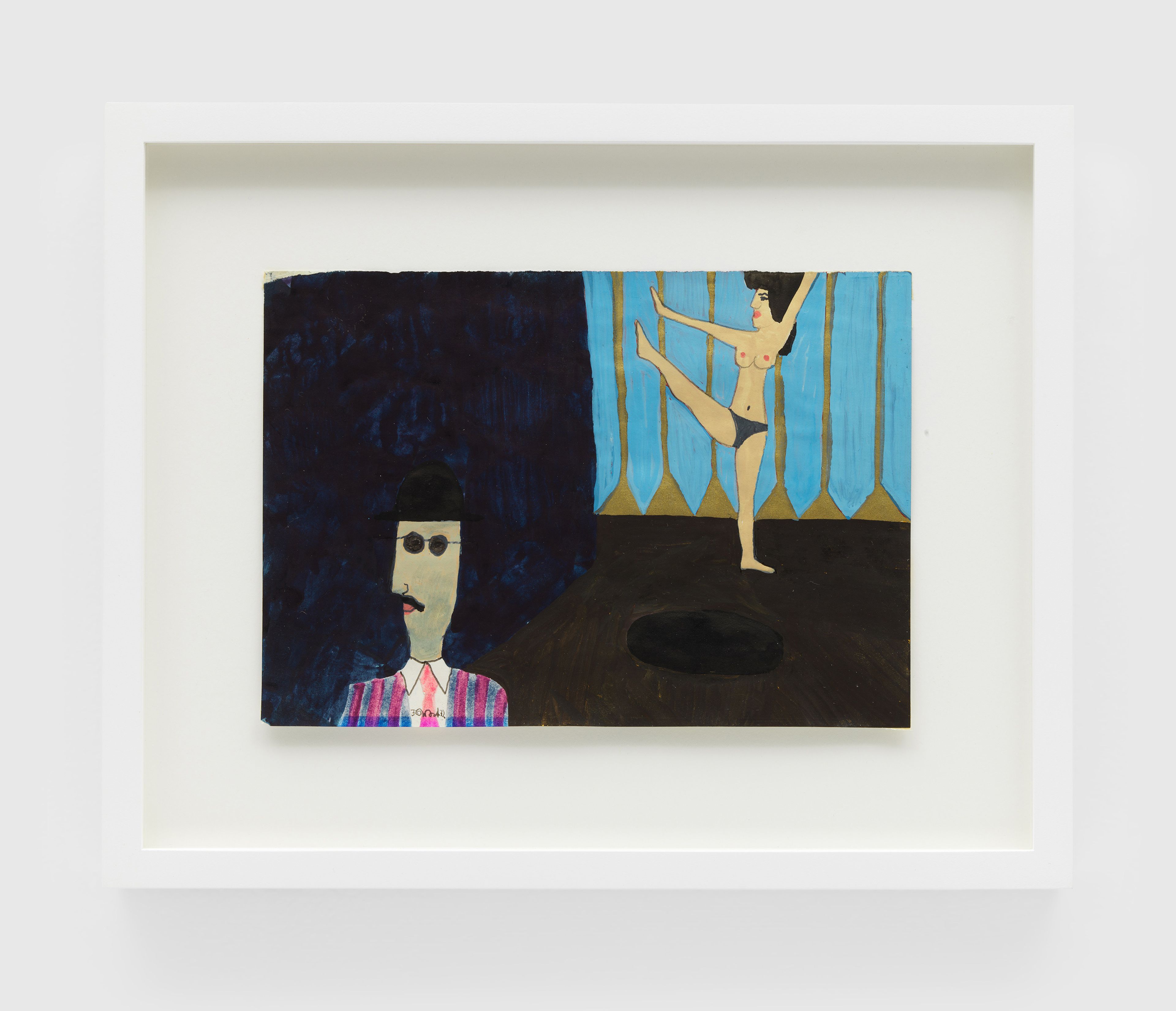
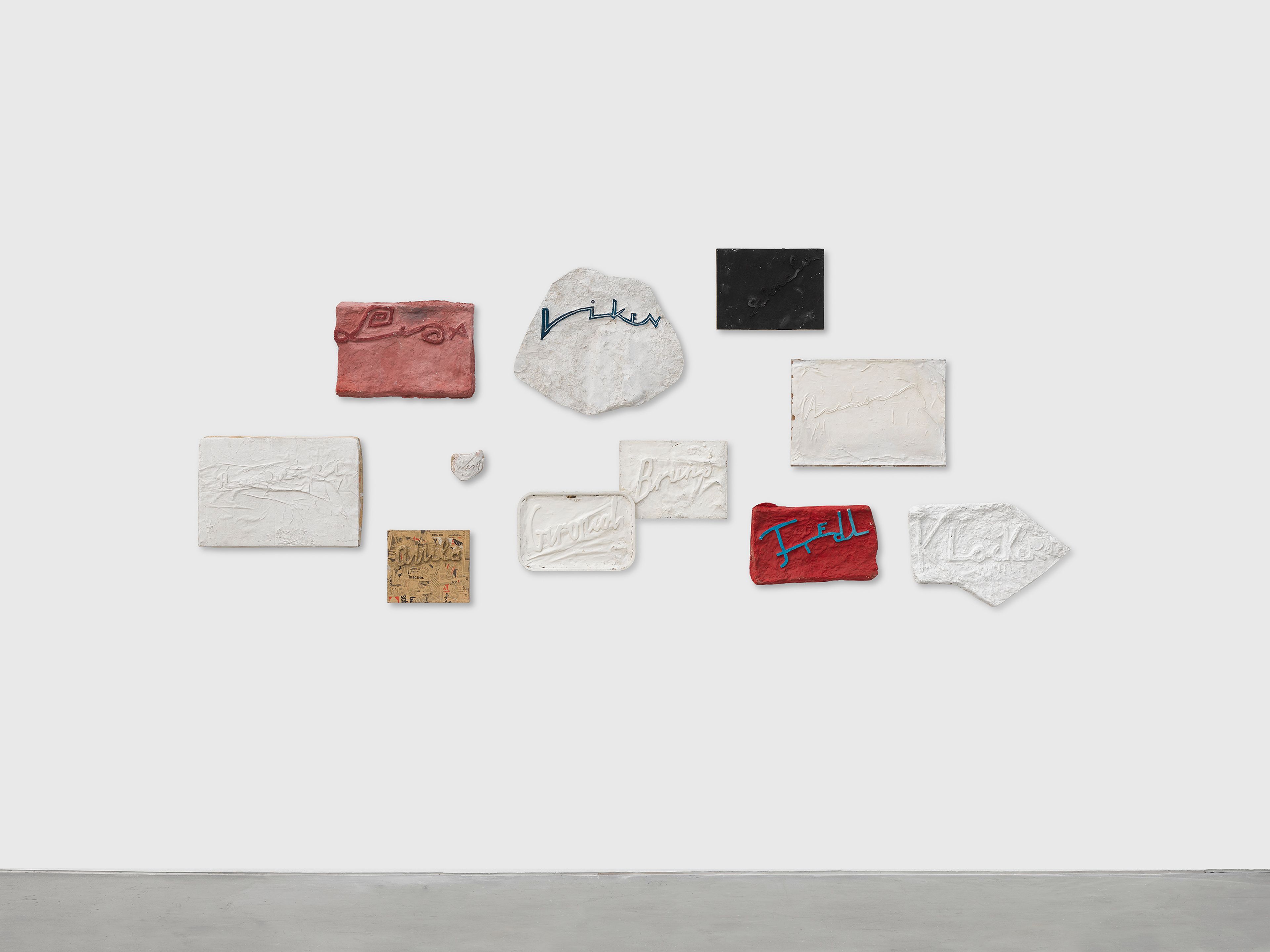
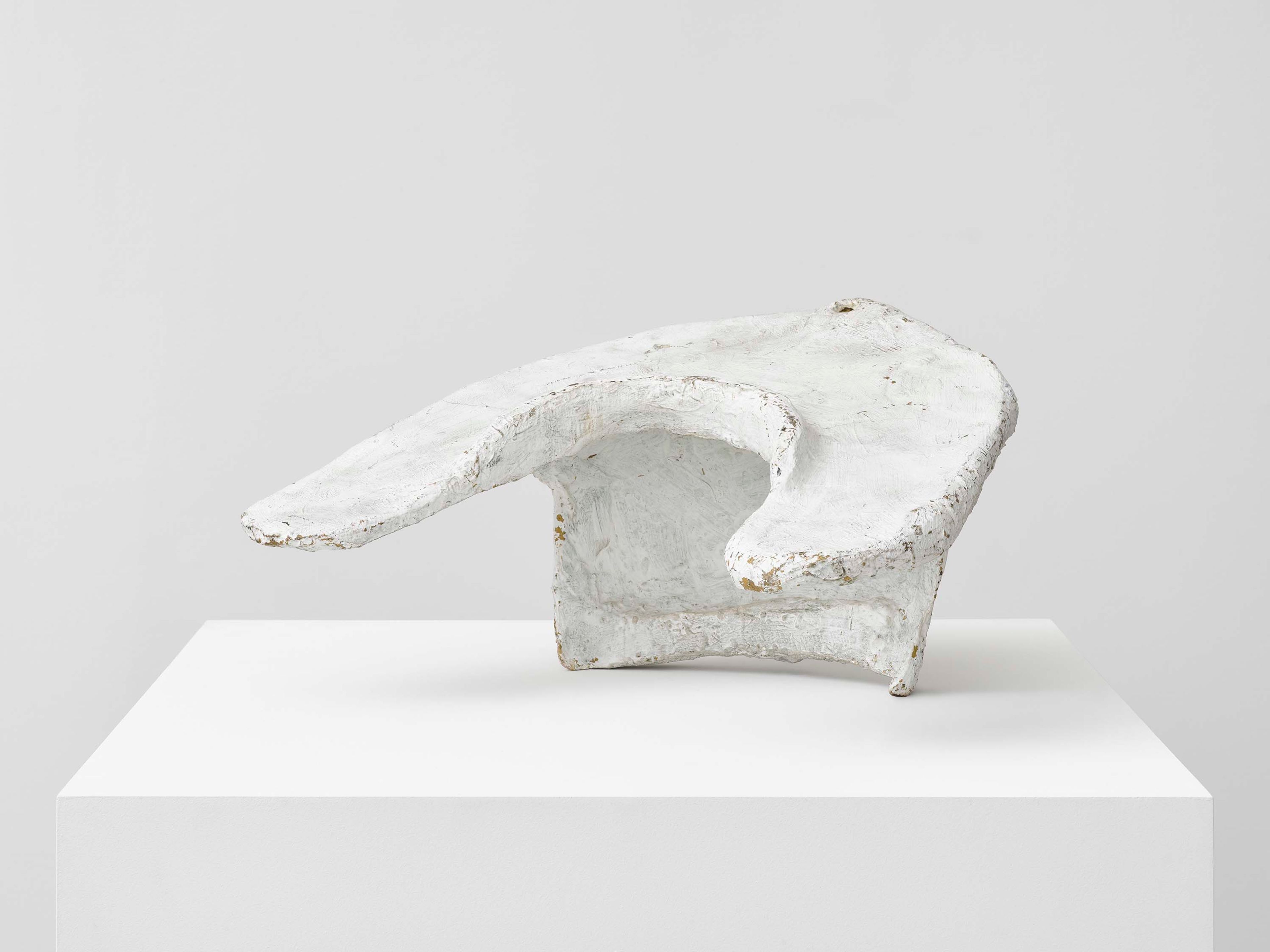
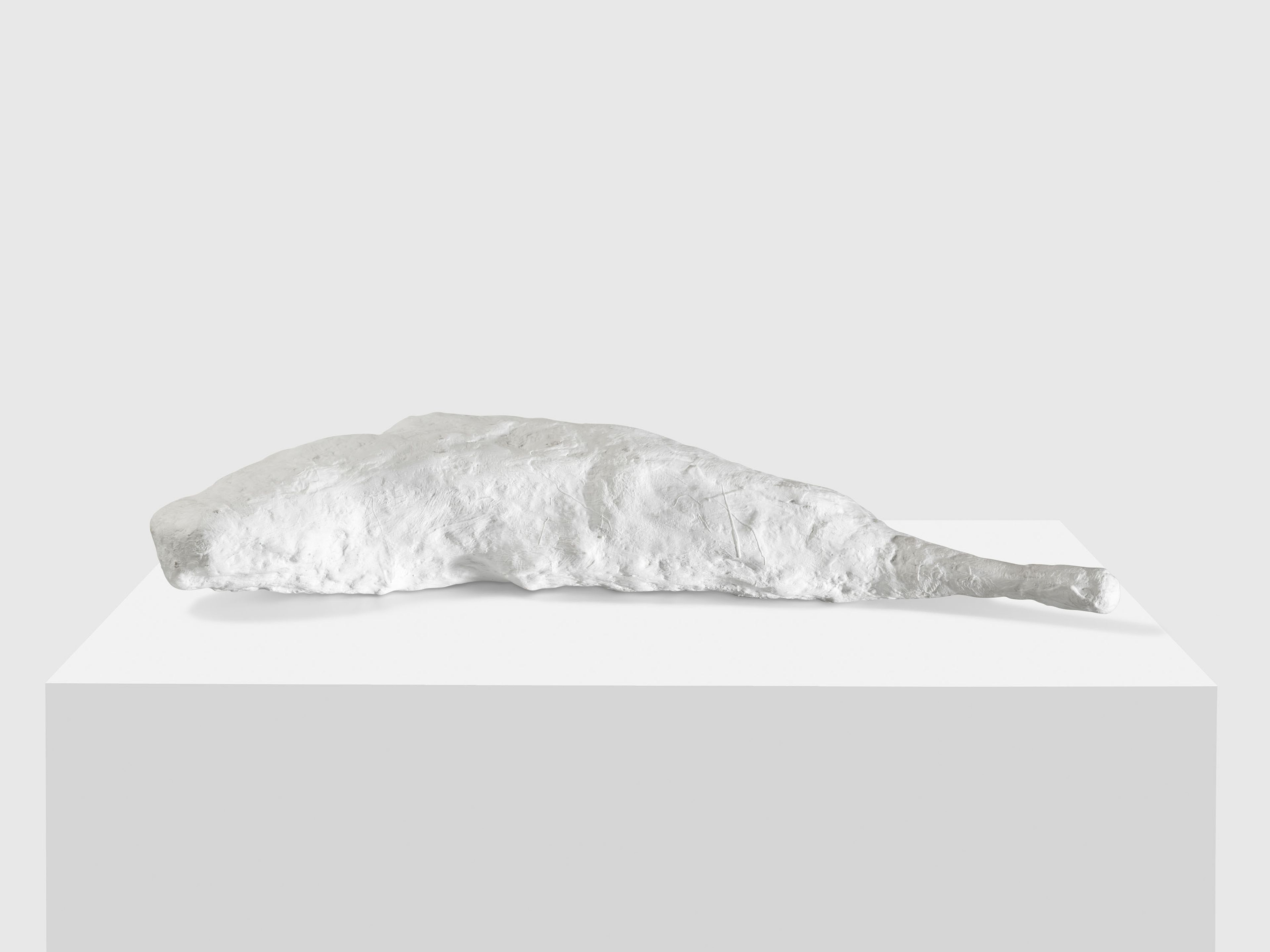
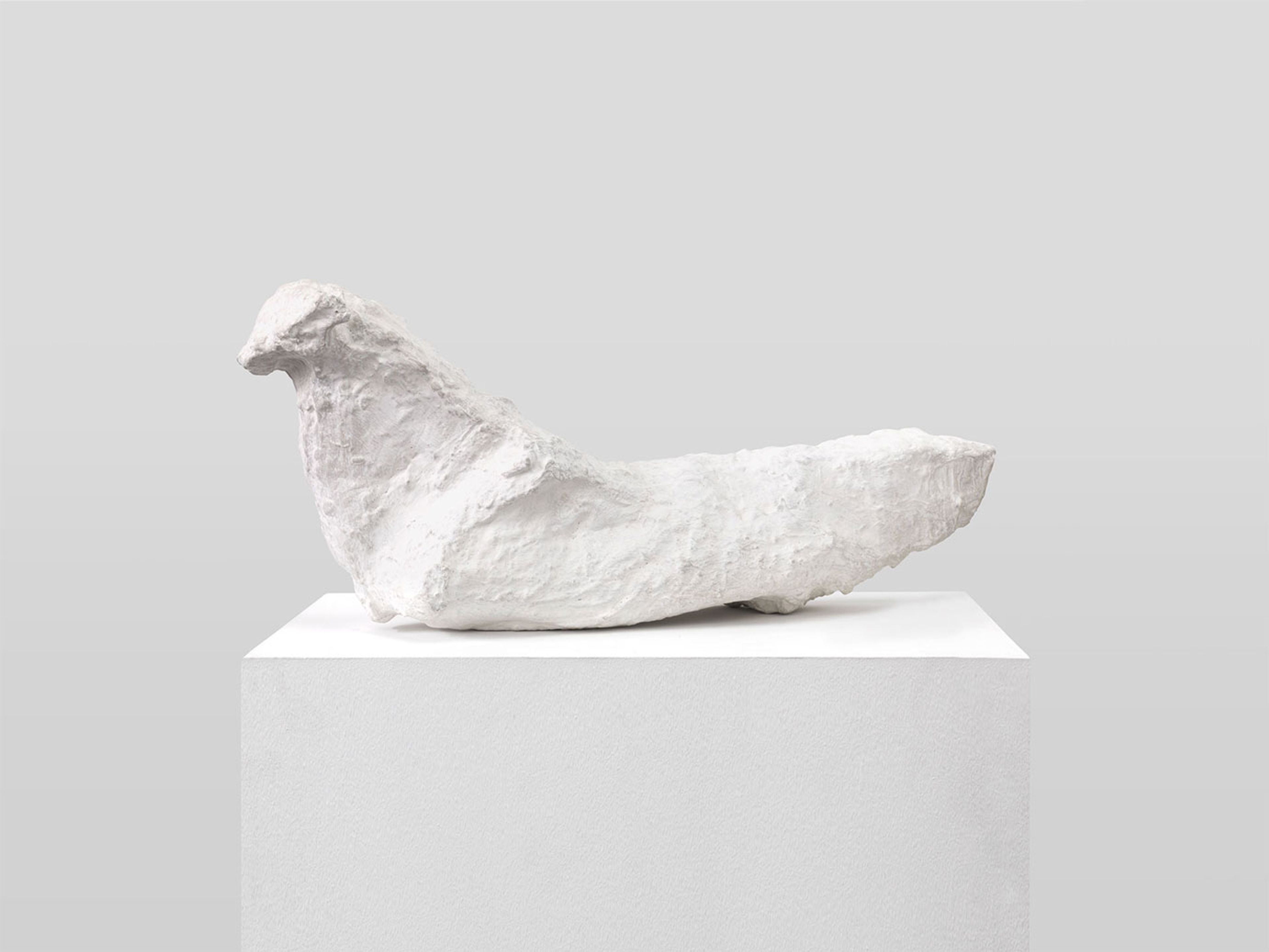
![A work on paper by Franz West, titled Brower's Rosen (unvollendet) (Brower's Roses [uncompleted]), dated 1982.](https://cdn.sanity.io/images/juzvn5an/release-adp/7978ce412e4f522e1d79f7c6e6298cf5f742f999-2712x1900.jpg?w=3840)
